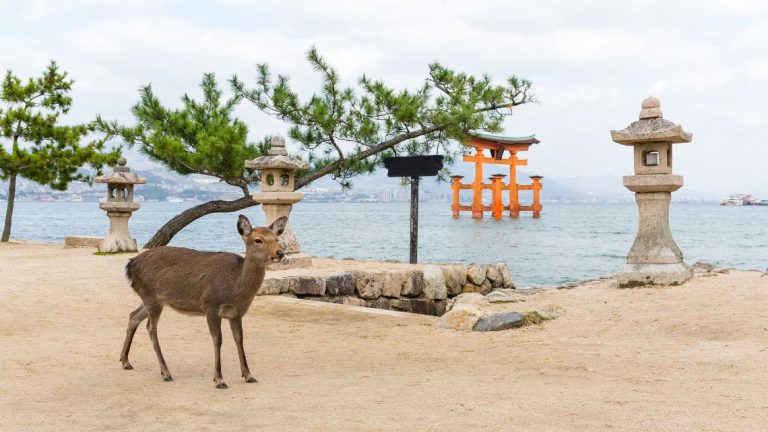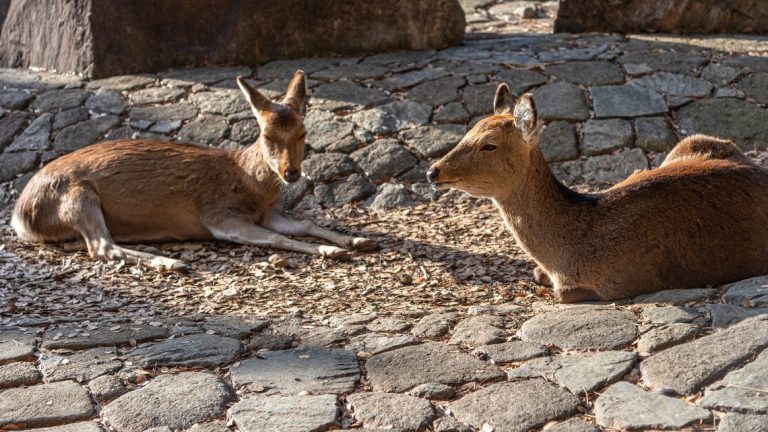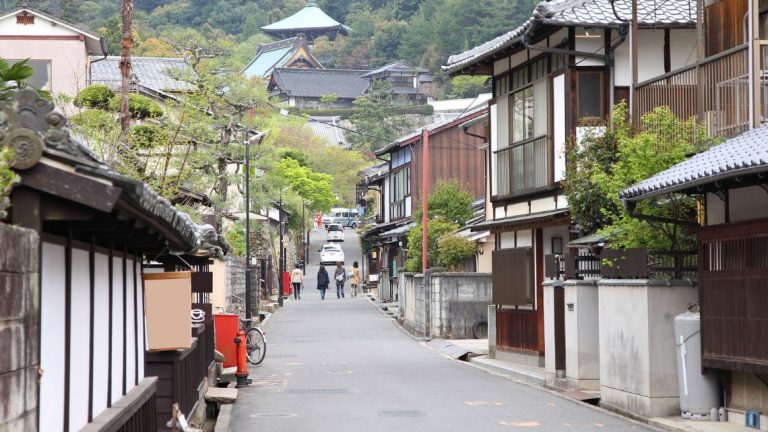- Overview
Itsukushima, known as Miyajima, is famous for its “floating” torii gate and UNESCO-listed Itsukushima Shrine. It offers historical sites, scenic beauty, and free-roaming deer.
Background
Located in the western part of Japan’s Inland Sea in the northwest area of Hiroshima Bay, Itsukushima, commonly known as Miyajima or “Shrine Island,” is renowned for its scenic beauty and cultural significance. This island is famous for the Itsukushima Shrine, a UNESCO World Heritage Site, established during Empress Suiko’s reign and later reformed by Taira no Kiyomori.
Itsukushima Shrine is a major tourist attraction, is best known for its giant torii gate, which appears to float on water at high tide and is considered one of Japan’s three best views. The shrine complex consists of the Honsha shrine, the Sessha Marodo-jinja, and several other structures.
Apart from the Itsukushima Shrine, the island houses several other shrines and temples, including the Toyokuni Shrine with its five-storied pagoda and Daiganji Temple, one of Japan’s top three Benzaiten temples.
Itsukushima is also known for its picturesque cherry blossoms and maple trees, particularly vibrant in autumn. The island’s landscape is predominantly mountainous, and it has a unique cultural aspect where deer roam freely. These deer are considered sacred, believed to be messengers of the gods. The island’s deer, unlike those in Nara, should not be fed by tourists.
Getting There
To travel from Hiroshima Station to Miyajima, first take the JR Sanyo Line to Miyajimaguchi Station. Then, walk a short distance to the ferry pier, where two companies, JR and Matsudai, operate frequent ferries to Miyajima. Both companies offer 10-minute ferry rides costing 200 yen one way, excluding visitor tax. Additionally, the Japan Rail Pass can be used on JR ferries.
Additionally two other companies offer direct connections to Miyajima, one operates from Hiroshima Peace Park, and the other from Hiroshima Port. However, the Japan Rail Pass is not accepted on these boats. Additionally, the boat service from Hiroshima Peace Park is not accessible for wheelchair users due to steps at the dock.
Accessibility
The path from the ferry to Itsukushima Shrine is a street with a gravel surface, which can make wheelchair navigation difficult due to the constant shaking and resistance on the tires.
There are ramps connecting different areas of the shrine. While there are unavoidable stairs near the five-storied pagoda and handrails are scarce, the shrine and main street itself is generally stair-free. However, visitors should be prepared for steep slopes in certain parts of the island, which may present additional challenges.
Miyajima features a long main street requiring substantial walking to visit all tourist spots, despite the lack of benches there are a few rest areas, including “Omotenashi Toilets”, and less crowded passageways where visitors can take a break on a step.
Some souvenir shops may present challenges with narrow entrances and interiors, though larger stores are typically spacious enough to provide a comfortable shopping experience for those in wheelchairs.
For those who need it, 15 wheelchairs can be borrowed for free at the tourist information center at the ferry terminal on a first-come first-served basis.
With the exception of the path leading to the shrine, tactile blocks are available in various places around the island.
In general, sensory stimulation is minimal on the island. The noise level isn’t very high; you can hear conversations of tourists and the sound of luggage being moved. There is no music playing, and no loud noises are made. On the day of the fireworks festival, loud noises can be expected. There are no bright or flashing lights. There are no strong smells, but some visitors may notice the slight odor of deer droppings. Interaction with others is not generally necessary, except for passing by other tourists.
Accessible toilets are available in front of Itsukushima Shrine and in the shopping district, they are large enough to accommodate wheelchairs, though they lack backrests on the toilet itself. In total there are 7 accessible toilets around the island. The tourist information center offers a map of the island with the locations listed.
- Access
No Records Found
Sorry, no records were found. Please adjust your search criteria and try again.
Google Map Not Loaded
Sorry, unable to load Google Maps API.
- Photos
- Reviews
- Nearby Hotels
No listings were found matching your selection.
Have a question?
We try our best to provide information to a wide audience. But everyone has different needs.
If you have some specific questions about this listing, come join us on Tabifolk in the Japan group and we will get you the information you need!
Share your pictures of your trip or look up the accessibility of your next location with SIM cards or pocket WiFi!



